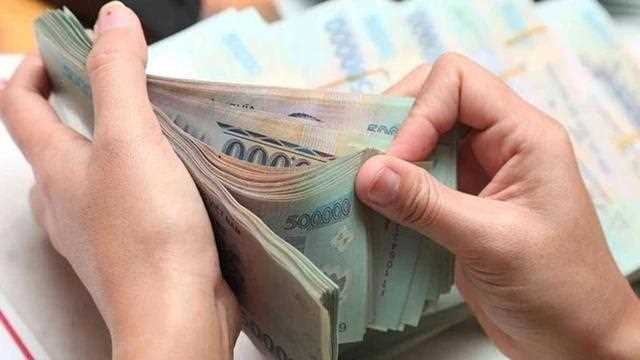
Under one, the interest rate applied for US dollar-denominated deposits of organizations and individuals at credit institutions and foreign bank branches is 0 percent per year.
The other holds that the maximum interest rate for Vietnamese dong-denominated deposits with terms of less than one month of organizations and individuals at credit institutions and foreign bank branches is 0.5 percent per year. Additionally, the maximum interest rate applied to deposits with terms from one month to less than six months is 4.75 percent per year.
According to the SBV, the two decisions aim to ensure consistency on a legal basis with other issued circulars on deposit interest rates.
At people's credit funds and microfinance institutions, the maximum interest rate for VND-denominated deposits with terms from one month to less than six months is 5.25 percent per year.
For deposits with terms of more than six months, the interest rates are determined by credit institutions and foreign bank branches based on the supply and demand of capital in the market.
Currently, some banks are listing interest rates for deposits with term of 12 months or more from 6 percent to 6.3 percent per year, such as ABBank (6.2-6.3 percent per year), IVB (6.1-6.3 percent per year), Bac A Bank (6.15 percent per year), Dong A Bank, OceanBank, SHB and HDBank (6.1 percent per year) and Viet A Bank, Bao Viet Bank and BVBank (6 percent per year).
According to statistics, eight banks have increased deposit interest rates since the beginning of this month, including IVB, Viet A Bank, VIB, MB, Agribank, Techcombank, ABBank, and VietBank.
The SBV’s reports show that the rising rate of credit has been much higher than that of deposits. While credit surged by 10.08 percent in the first ten months of this year, deposits increased by only 4.79 percent.
The large gap between the credit and deposit growth has created liquidity pressure for the banking system. The deposit interest rate is also greatly affected by the gap. When credit growth is significantly higher than that of capital raising, the deposit interest rate will tend to increase to attract more deposits to have enough capital for lending. Therefore, it is highly likely that the interest rate level will move sideways and in an upward trend in the near future.
According to experts, to increase the capital source, banks are also increasing the issuance of bonds to meet the SBV’s regulation on short-term capital for medium and long-term loans. Though the bond issuance has also contributed to supplementing lending capital, but in the long term, deposits remain the major capital source.







)

)














